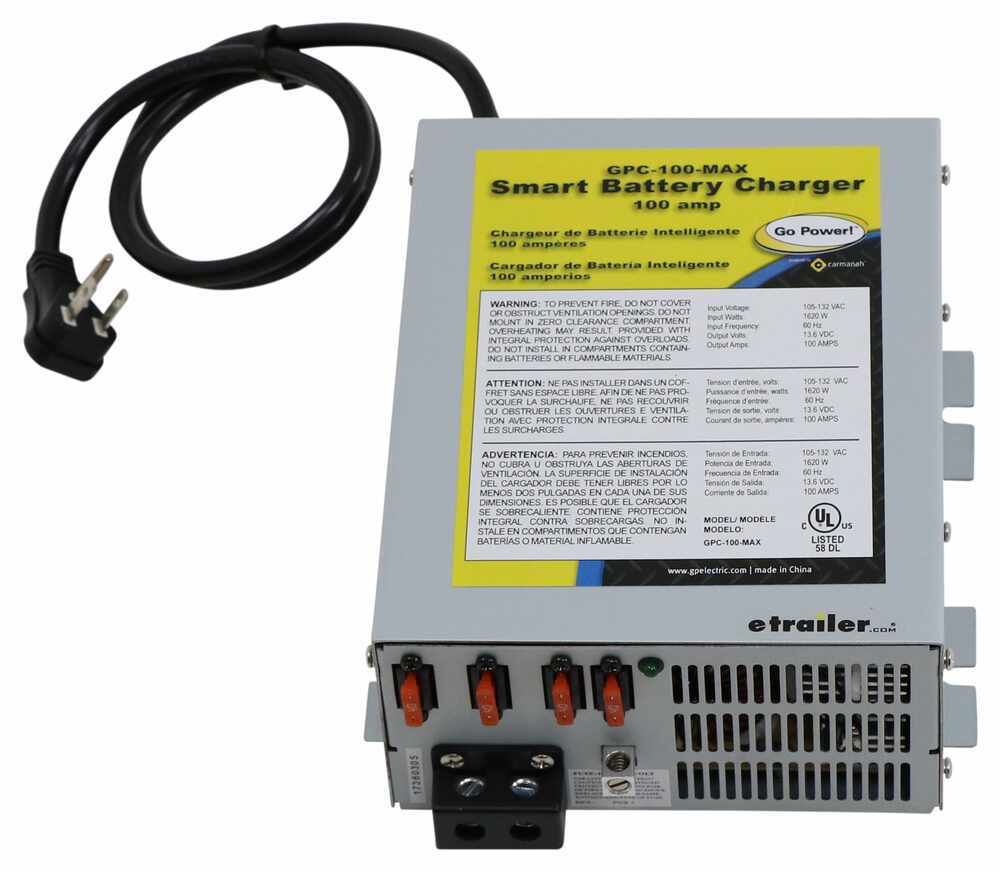

If you want to buy or upgrade your battery charger, you need to know what’s best for your RV. An amazing combiner is the Xantrex Echo Charger, if that doesn’t suit you, turn to the Ultra Trik-L-Start. This way you will have a backup battery for shore power and to charge the other when it starts to deploy. If you like to bring along a home battery this is an amazing way to charge the engine battery. The main charger is connected to the first battery while the combiner “echos” a portion of the charging amps to the second battery. This is a great option if your RV holds two types of batteries (preferably isolated from each other). They are closer to a battery combiner that switches energy between batteries.

Now, these are not exactly battery chargers. Of course, this is when the battery pushes back so the charger kicks in and increases the voltage to keep the amps at a constant rate. This will constantly charge the battery at 25% of amp capacity. The Bulk is when you promptly charge the battery from a low charge to about 80% capacity. These stages are the Bulk, Absorption, and Float. This optimizes charging based on the three stages of the battery charge. If you want to aim for a modern method than you should choose the multi-stage charger. This is the Single Stage method and it can be found in low and mid-range trailers and smaller motorhomes battery chargers. You have a lot of amp flow at first but with constant charging of the battery the rate decreases. It’s called a “taper charge” when fix voltage is applied.

So the battery starts to fill with amp-hours but pushes them back as they approach maximum capacity. If the pressure is weak, the tire will push it back out and it will totally deflate. As you try to inflate it you need to apply more air pressure in order to fill it up completely. A battery has to receive a higher voltage than its capacity in order to charge. They don’t just absorb amps and store them there indefinitely. For starters, we just can’t compare a battery to a sponge.


 0 kommentar(er)
0 kommentar(er)
